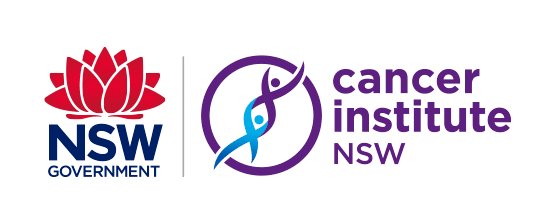Objective:
Modern risk management methods can be used to reduce information complexity and support resource planning that engages the many perspectives involved in a national cancer control system. A framework is sought that allows for the dynamic measurement of the various risks associated with future life impacts due to cancer and that provides valuable communication tools for cancer control management that enables the transformation of knowledge into action.
Method:
Using an interdisciplinary risk management approach that employs various techniques and philosophies from theoretical physics as well as practical risk management considerations implied from global banking techniques, a framework was developed called Life at Cancer Risk.
Results:
The Life at Cancer Risk framework generates risk and reward awareness for many different types of decision makers in an internally consistent fashion. Its recent application to the Canadian population and economy has provided several new dimensions upon which the importance of cancer control for a population can be discussed. This is evident from its use by cancer control experts (refer to Establishing the Strategic Framework for the Canadian Strategy for Cancer Control), the instigation of public interest (refer to CanWest major metropolitan daily newspapers in Canada series on cancer October 2005) and the engagement of government politicians (refer to Canadian House of Commons debates June 7, 2005).
Conclusion:
Using modern risk measurement and management techniques that turn information into knowledge, a greater understanding of the multidimensional impact that cancer can impose for a community and the various different types of cancer control participants can lead to turning knowledge into management action.”











